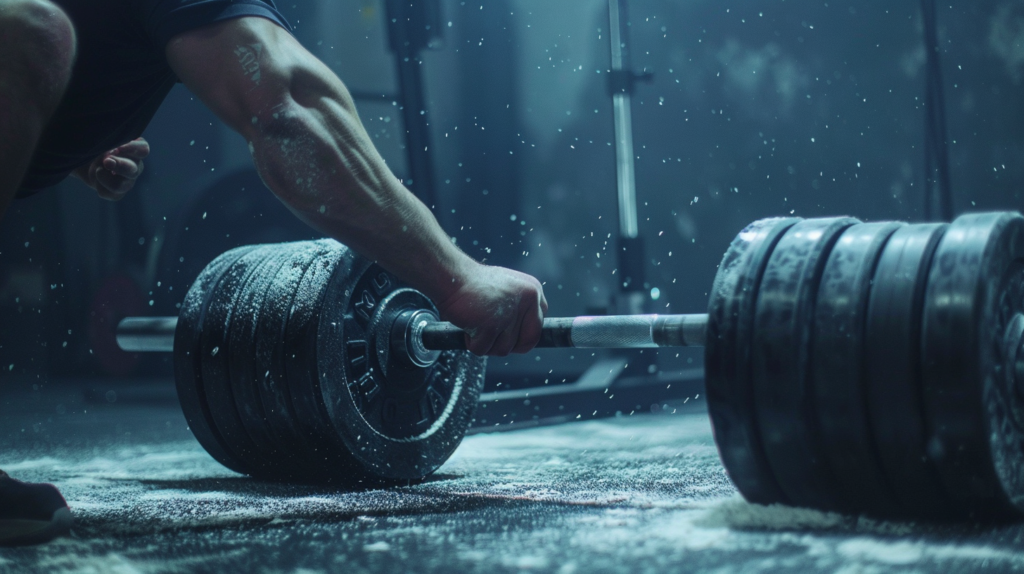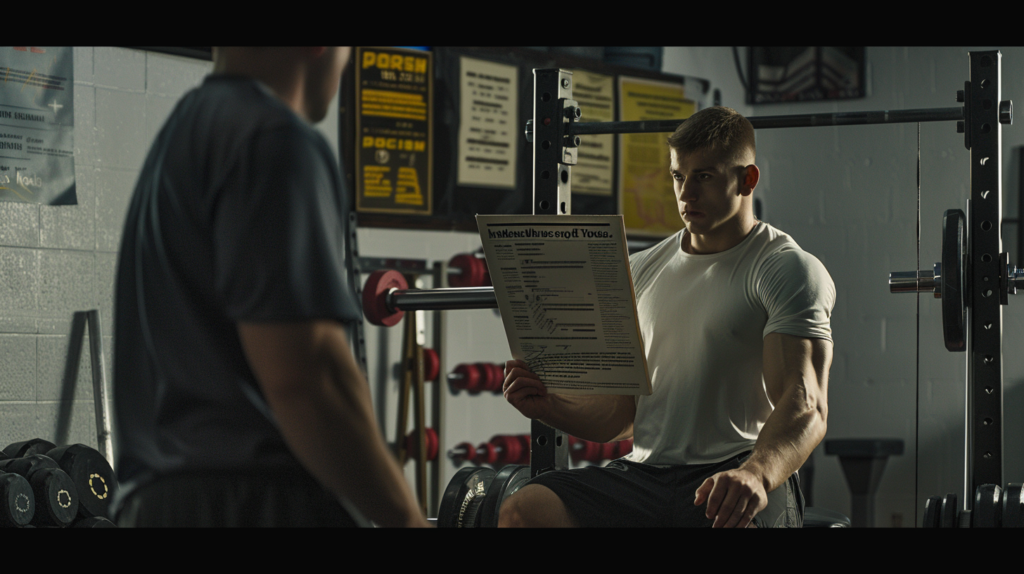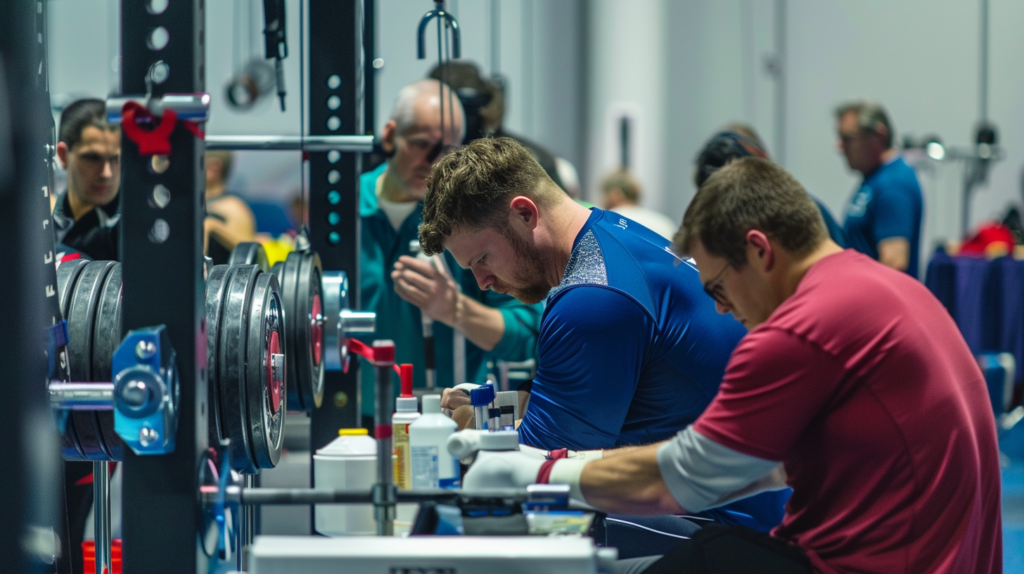In 2024, the challenges in powerlifting drug testing are multifaceted. From the constant evolution of performance-enhancing substances to the technological hurdles impeding detection, the landscape is complex. Athletes must navigate the responsibility of staying informed about banned substances as they grapple with the limitations of current testing technologies. Ensuring fair play necessitates a keen focus on athlete education, testing integrity, and international standardization efforts. These challenges underscore the crucial need for a coordinated approach to preserve the integrity of powerlifting competitions.
Key Takeaways
- Emerging performance-enhancing substances strain detection methods.
- Technological gaps hinder identification of new substances.
- Athlete education on banned substances is critical.
- Upholding testing integrity through strict protocols.
- Push for international standardization in drug testing.
Evolving Performance-Enhancing Substances

The emergence of new performance-enhancing substances poses a significant challenge to the integrity of powerlifting drug testing protocols. Anti-doping advancements and regulations constantly evolve to keep up with the ever-changing landscape of substances used by athletes seeking an unfair advantage.
Athletes bear the responsibility of staying informed about banned substances and the potential consequences of using them. The World Anti-Doping Agency (WADA) regularly updates the list of prohibited substances to reflect the latest scientific developments and trends in doping.
Despite these efforts, some athletes continue to push the boundaries by experimenting with new, undetectable substances that pose a serious threat to the fairness of competition. Athletes must understand that the consequences of using prohibited substances extend beyond potential disqualification; they undermine the principles of fair play and sportsmanship that form the foundation of powerlifting.
As the arms race between dopers and anti-doping agencies escalates, it becomes increasingly crucial for athletes to uphold the values of honesty and integrity in the pursuit of excellence.
Technological Limitations in Detection

Despite advancements in drug testing technology, powerlifting faces significant challenges due to the inherent limitations in detecting emerging performance-enhancing substances. The constant evolution of substances and methods used to enhance athletic performance presents a formidable obstacle for doping control programs.
While there have been notable advancements in detection techniques, such as the introduction of more sensitive testing equipment and sophisticated analysis methods, these developments often lag behind the emergence of new substances. This creates a perpetual cat-and-mouse game between those seeking to gain an unfair advantage and the authorities responsible for maintaining fair competition.
The limitations in detection technology also stem from the complexity of identifying designer drugs and substances specifically designed to evade conventional testing methods. As these substances become more intricate and difficult to detect, the pressure mounts on anti-doping agencies to enhance their detection capabilities continually.
Overcoming these limitations requires a coordinated effort involving scientists, researchers, and regulatory bodies to stay ahead of the curve and preserve the integrity of powerlifting competitions.
Athlete Education and Awareness

Navigating the landscape of powerlifting drug testing challenges leads us to the critical realm of athlete education and awareness. Athletes must be equipped with the necessary educational resources to understand the importance of clean competition and the potential consequences of doping.
Prevention strategies play a vital role in maintaining the integrity of the sport, emphasizing the need for comprehensive education on banned substances and the doping control process.
Athlete responsibilities in powerlifting drug testing are paramount. It’s crucial for athletes to familiarize themselves with testing procedures to ensure compliance and avoid inadvertent violations.
Ensuring Testing Integrity

Maintaining the integrity of powerlifting drug testing requires vigilant oversight and stringent protocols. To ensure testing integrity, it’s imperative to establish robust testing protocols that leave no room for ambiguity. These protocols should outline the procedures for sample collection, storage, transportation, and analysis in a clear and standardized manner.
Athlete compliance plays a crucial role in upholding the integrity of drug testing. Athletes must adhere to the rules and regulations set forth by the governing bodies to maintain a level playing field. This includes being aware of prohibited substances, disclosing any medications or supplements they’re taking, and cooperating fully during the testing process.
International Standardization Efforts

To address the challenges in powerlifting drug testing, a concerted effort towards international standardization is being pursued by various governing bodies and organizations within the sport. This push for standardization aims to streamline testing protocols, ensure consistency in procedures, and enhance the overall integrity of the sport.
One key aspect of international standardization efforts is funding allocation. By establishing clear guidelines for how financial resources are distributed across different regions and competitions, governing bodies can ensure that drug testing remains robust and effective regardless of location.
Regulatory compliance is another crucial focus. By harmonizing regulations and requirements across nations, powerlifting organizations can create a level playing field for all athletes and minimize discrepancies that could lead to unfair advantages.
Moreover, addressing political influence and promoting data transparency are essential components of international standardization efforts. By safeguarding the independence of drug testing procedures from external pressures and enhancing the accessibility of testing data, the sport can uphold its commitment to fairness and integrity on a global scale.
Frequently Asked Questions
How Do Powerlifting Organizations Handle False Positive Drug Test Results?
When false positive drug test results occur, powerlifting organizations provide athlete support by reviewing the testing process thoroughly. We ensure fairness by investigating the issue to guarantee accurate results and maintain the integrity of the sport.
Are There Any Legal Implications for Athletes Who Fail Drug Tests?
Legal consequences for athletes who fail drug tests can include suspensions, loss of titles, and reputational damage. Athlete rights must be upheld during the process. It’s akin to walking a tightrope between accountability and fairness.
What Measures Are in Place to Prevent Sample Tampering?
To ensure sample security and athlete privacy, stringent protocols such as witnessed sample collection, tamper-evident seals, and secure chain of custody procedures are implemented. These measures safeguard the integrity of drug testing in powerlifting.
How Often Are Powerlifters Randomly Selected for Drug Testing?
In the realm of powerlifting drug testing, the frequency of athlete selection for random screenings is crucial. It ensures fairness and compliance with anti-doping regulations. Regular random tests maintain integrity and uphold the sport’s credibility.
Can Athletes Appeal Drug Test Results and Request Retesting?
Athlete rights include the ability to appeal drug test results and request retesting for fairness. It is crucial that procedures are transparent and accessible to ensure integrity in the testing process and protect athletes’ rights.
Conclusion
As we navigate the complex landscape of powerlifting drug testing, it’s clear that staying ahead of evolving performance-enhancing substances is like trying to catch a slippery eel in a pond.
With technological limitations in detection and the importance of athlete education, the path to ensuring testing integrity is like solving a puzzle with missing pieces.
Despite these challenges, international standardization efforts serve as a beacon of hope in the murky waters of drug testing in powerlifting.













